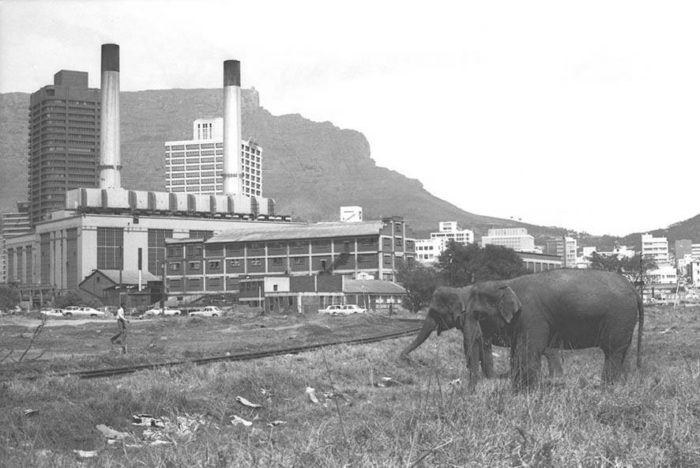Much has changed in Cape Town over the years, including the animals who call the laid-back seaside city home. In the Mother City’s decades come and gone, animals played somewhat of a bigger role in the daily lives of locals and were seen freely frolicking across landscapes in a way they rarely do today.
1. Donkeys
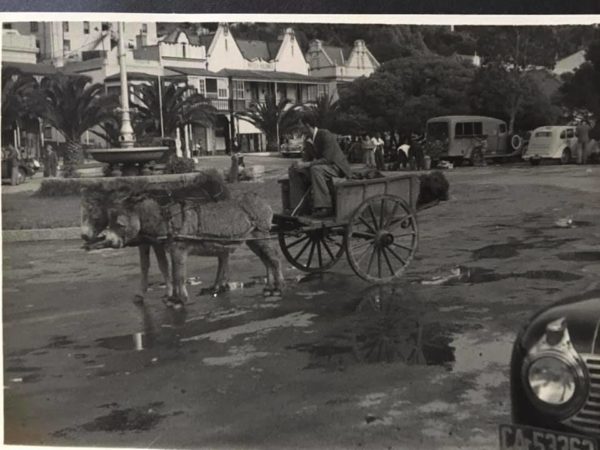
Often referred to as beasts of burden, donkeys used to form an important part of Cape Town’s transportation mode in earlier years.
These four-legged animals were used to cart supplies and other goods around the Mother City and made their way to the continent from Europe in 1656.
In parts of the Cape, donkeys were even used to thresh wheat by stepping on ears of wheat to ensure they were separated from the stalks for optimal growth.
Donkeys were also used to build dams in some parts of the province where six donkeys would work together to pull a scraper and flatten the earth before building.
2. Ostriches
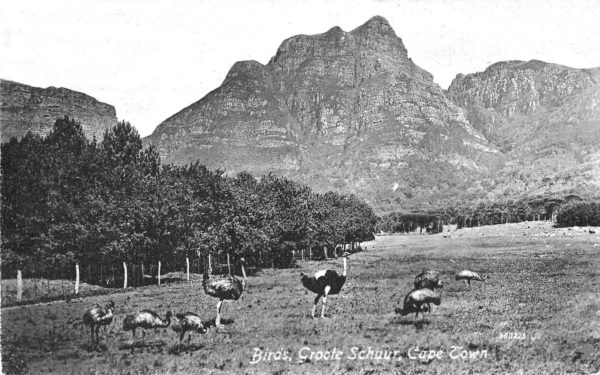
In modern times you may still catch a glimpse of these giant birds as they saunter across fields in some areas of the Cape, but their numbers are not what they used to be.
Believe it or not, the Western Cape is home to the ostrich capital of the world, Oudtshoorn. Over the years, a boom in ostrich farming and trade took place in the Western Cape which ushered in an era of trading with Cape Town.
Between 1864 and 1902 the ostrich trade picked up and brought the number of long-legged birds to a new high with remnants of this resilient species still sticking around to this day.
3. Elephants
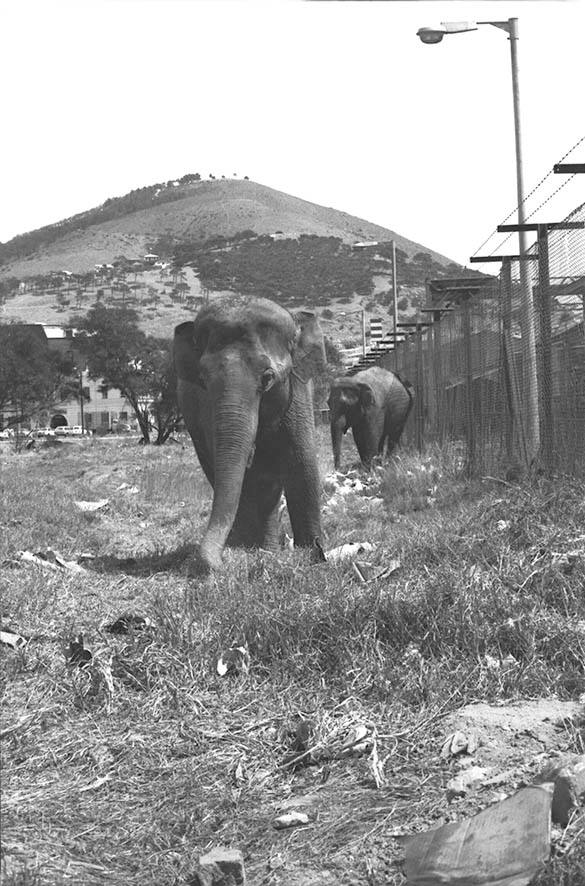
Seeing an elephant or two in the Cape Town CBD today would be a shock to the system indeed, but this was not the case a few years ago.
When the Boswell Wilkie circus visited the Mother City years ago during their South African tour, they brought with them Indian elephants who could be seen walking through a nearby field when the circus was in town.
The picture above show a pair on their day off.
4. Buck
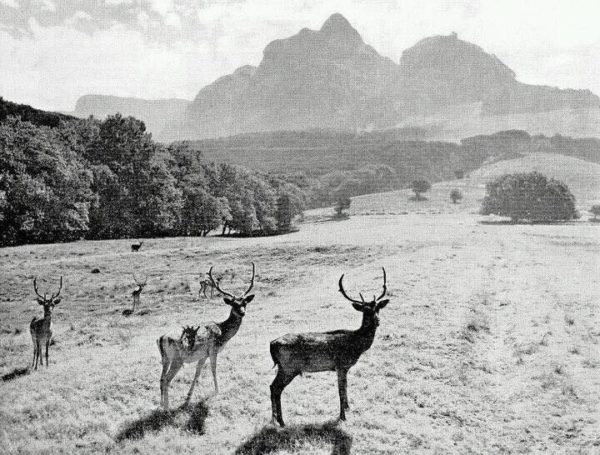
There are a variety of wild buck that have called Cape Town home for years, but before the city became urbanised, they were often seen walking through fields.
Here a group of buck can be seen grazing in the grass near Groote Schuur, an area you rarely see them today.
5. Just Nuisance
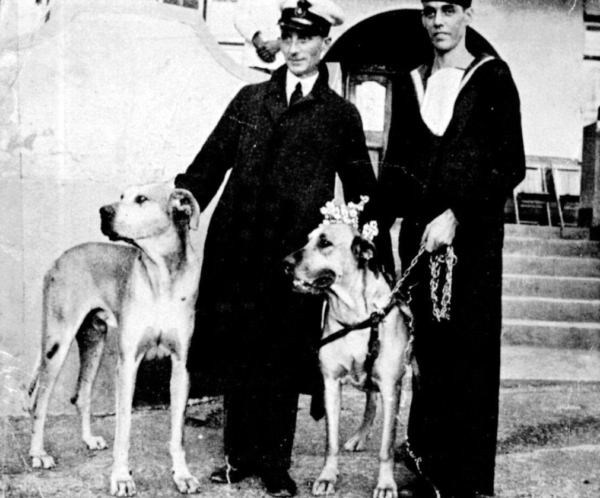
Somewhat of a legend in Cape Town, especially Simon’s Town, Just Nuisance is a name that will live on for years to come.
The well-known dog was part of the navy and made a name for himself by lazing about boats at the Simon’s Town harbour.
The picture above shows Nuisance on his wedding day when he was officially married to Adinda in Hout Bay on June 1, 1941.
6. Whales
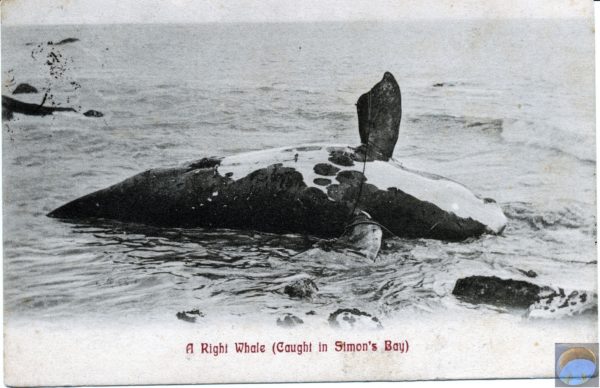
It seems some things don’t change as the years roll by. Ever since the earliest years of the Mother City’s establishment whales have fallen victim to nets and fishing ropes.
During the 20th century, a whaling station was set up at Stony Point and hundreds of whales succumbed to the horrors that unfolded there.
It was also more common in times for whales to get tangled in Simon’s Bay. In 1976, whaling was outlawed, however, and a new era of peace began for whales.
7. Cats
In 1949, cats were introduced in some areas of Cape Town to prey on mice but they also began preying on seabirds and decreased their population substantially.
By 1977 what began as five cats had shot to 3 400 and a feline disease was introduced to reduce their numbers.
Today they are more commonly kept inside households as pets or in shelters looking for new homes.
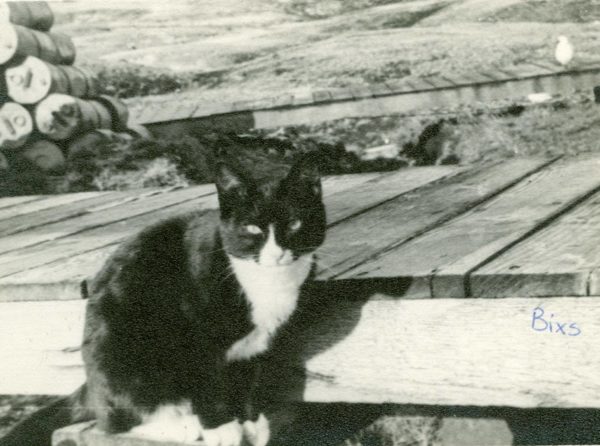
8. Chickens
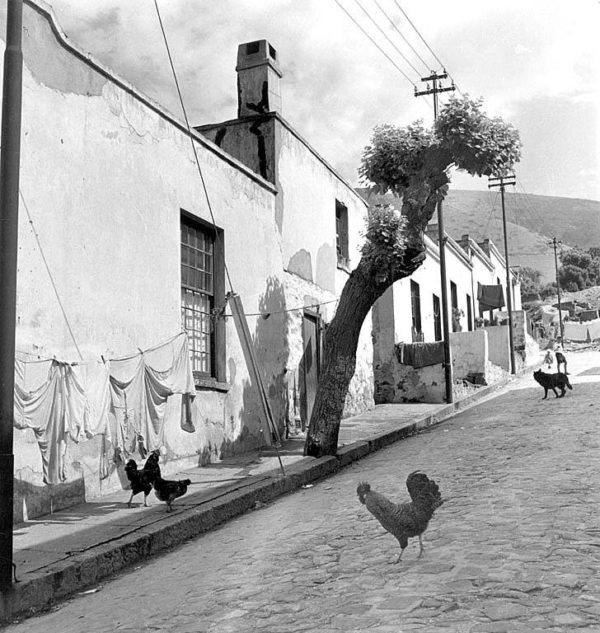
In roughly 1943 chickens were practically domesticated in areas such as the Bo-Kaap.
It was not an uncommon sight to see these birds making their way to and fro in the busy streets.
9. Leopards
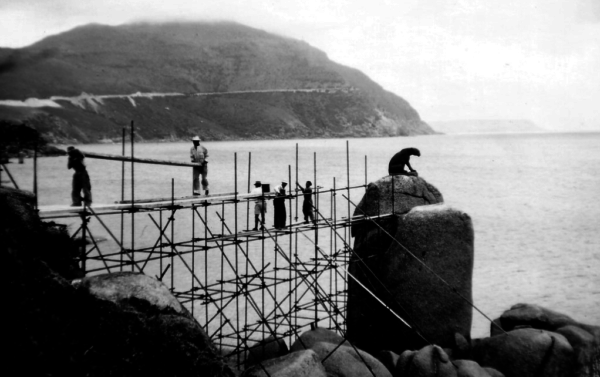
While leopards still roam freely in many mountainous areas of the Cape, back in the day their territory was far larger.
The last leopard in the Hout Bay area was seen in 1937 on Little Lion’s Head.
In 1963 a bronze leopard was sculpted by Ivan Milford-Barberton and perched on a rock in the Hout Bay area. The sculpture was made to commemorate the wild animals who has since disappeared from the mountainside due to human presence.
Sources:
https://www.donkeysanctuary.co.za
Pictures: Cape Town Down Memory Lane

